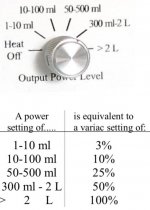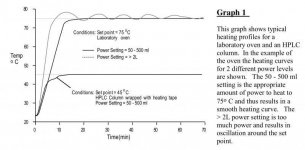Im considering purchasing a china unit from alibaba myself but the kits they sell come with a rotary vane pump and I thought these needed a welch belt driven pump?
Looking at this unit
https://www.alibaba.com/product-det...?spm=a2700.7724838.2017115.214.310833d8D9eTrK
What else would I need to buy to make this work well?
Looking at this unit
https://www.alibaba.com/product-det...?spm=a2700.7724838.2017115.214.310833d8D9eTrK
What else would I need to buy to make this work well?




